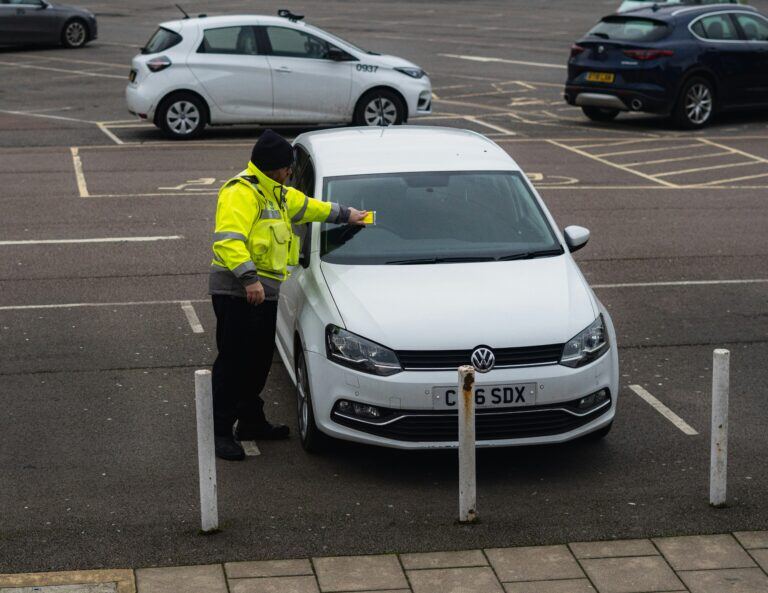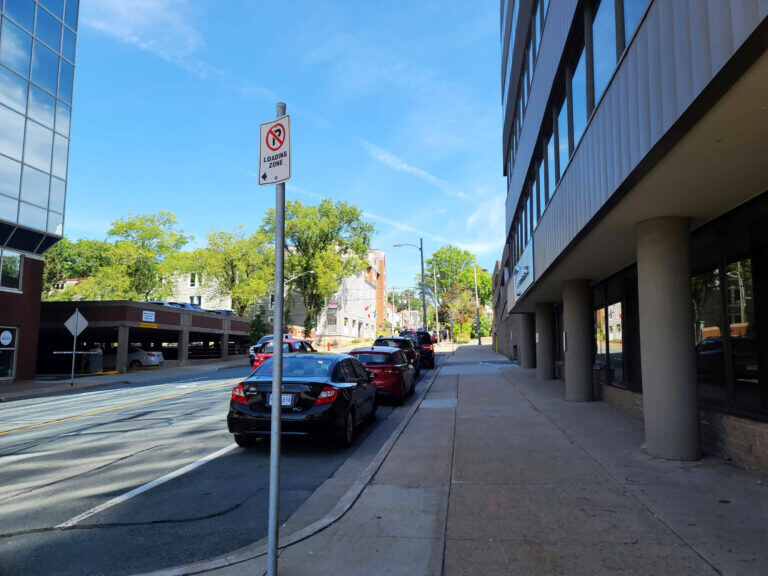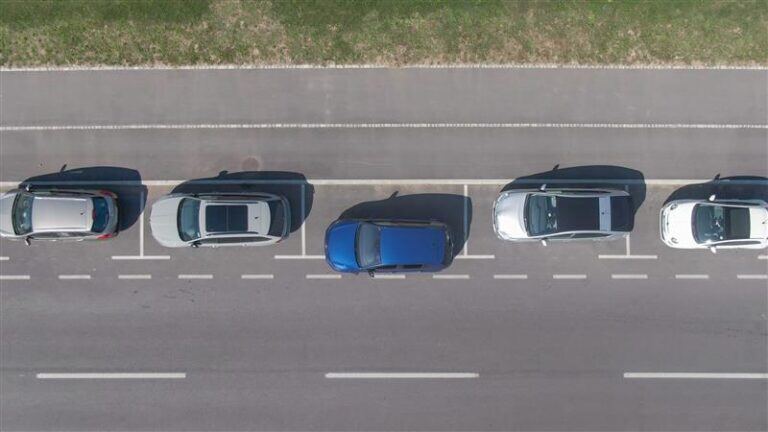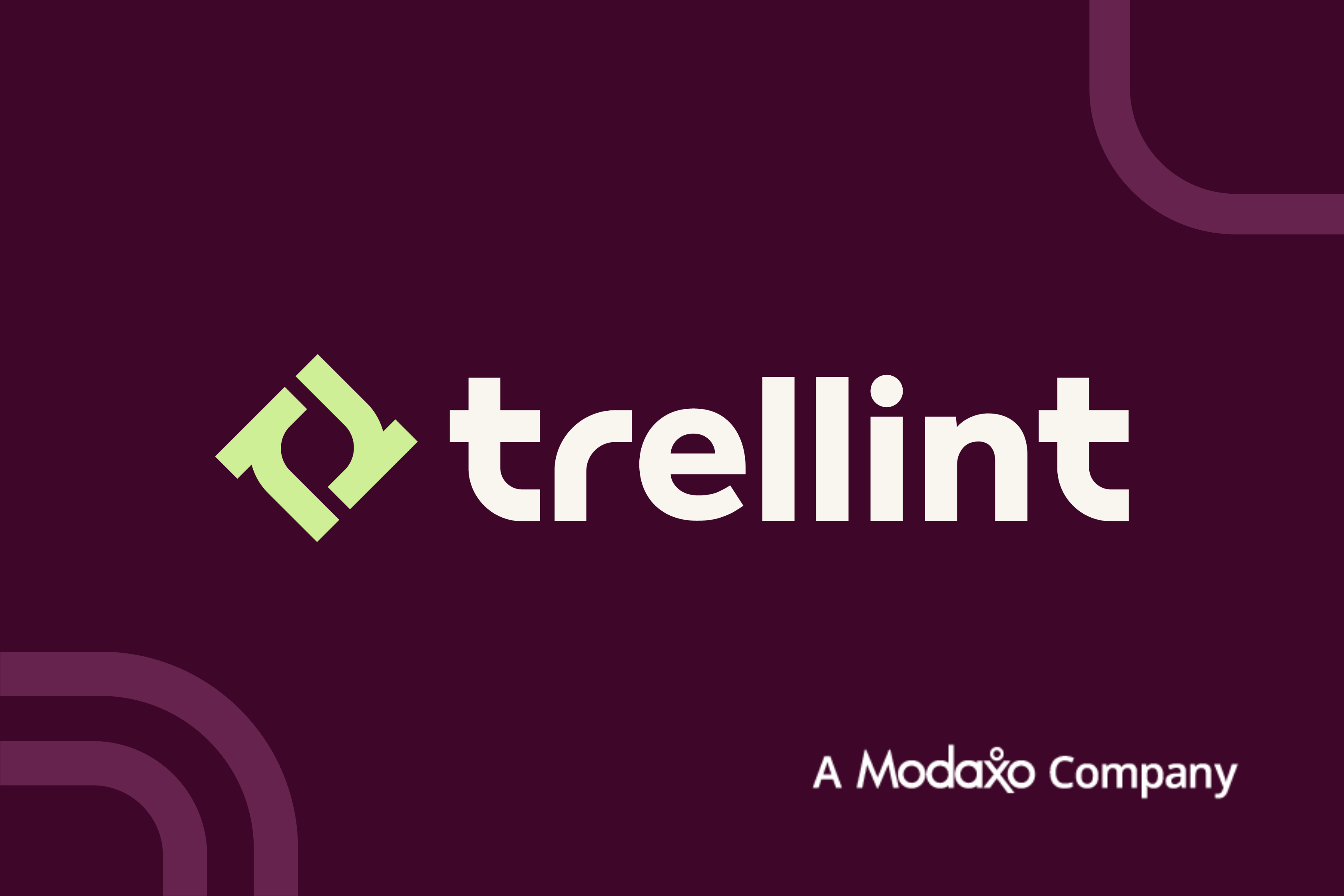2 min read
Kicking Inequity to the Curb: Using Parking Policies to Dismantle Systemic Barriers
Stacy Carr May 22, 2022 12:00:00 AM
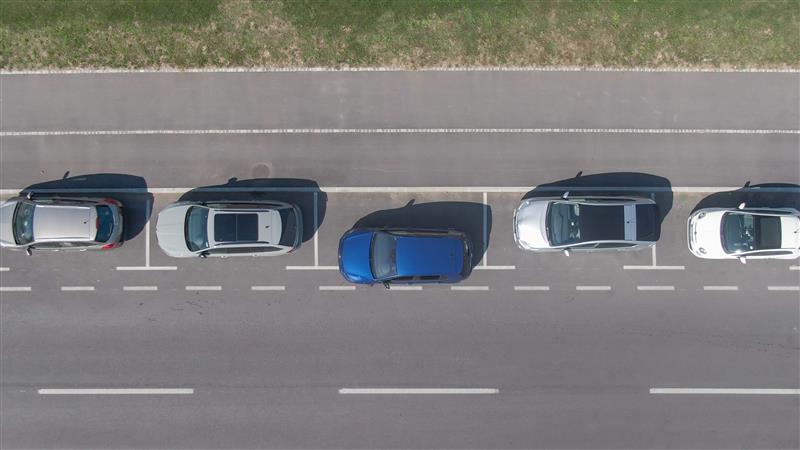
Transportation has historically been weaponized against marginalized populations, as demonstrated by the “separate but equal” doctrine and the use of freeways and railways to redline black and brown communities. It’s a troubling truth, but there are opportunities to improve fairness as highlighted recently during an IPMI shoptalk, Impartial Parking Policies and Curbside Equity.
Promoting Fairness
Parking citations are often disproportionately issued in disadvantaged communities. Many times, the fine amounts and penalties in these neighborhoods are higher too. But there are several ways cities can address this problem.
- Re-examine the distribution of enforcement personnel. Sometimes marginalized communities get overworked by enforcement personnel. Over-enforcement can lead to disproportionate citation issuance and fine amounts. Rethinking the size and shape of enforcement zones, as well as their prioritization, can better align enforcement with city goals.
- Tie fines to social harm. A simple way to quickly improve equity is to review existing fines and their distribution. Fines should be set based on their seriousness, realizing that violations for the same infraction may present different levels of social harm depending on the time and day or day of week they’re issued.
- Consider day fines. Similar infractions impact communities differently. Fines could be set based on neighborhood demographics, essentially adjusting with discretionary income in a community, basically median household income less housing, energy, and other non-discretionary expenses.
- Review the relationship between wealth and liability. There can be inequity in how parking citation hearings are adjudicated, with wealthier people more likely being found not liable. These processes might be ripe for reform.
Creating Access
We can reduce erroneous violations and the need for hearings by making it easier for customers to comply virtually with parking permit requirements. For instance, shifting from a “failure to display” to a “failure to purchase” model mitigate the issuance of tickets to motorists while they await the delivery of parking permits. Other ways to improve access include:
- Offer virtual hearings/chat features. Collaborative apps can help customers get connected and informed.
- Expand options for the unbanked. In addition to kiosk payments, offering customers options to pay cash at convenience stores, markets, and other locations, reducing the need for customers to travel to sometimes inconveniently located municipal facilities.
- Implement demand pricing. When Los Angeles implemented LA Express Park, cheaper parking options within a block of a driver’s destination increased from 40% to 90%. Creating affordable parking creates access for disadvantaged motorists.
Creating a Culture of Compliance
Compliance over time provides more options for disadvantaged motorists and, ultimately, is more important than generating immediate revenue.
- Suspensions and vehicle access. Residents in underserved communities often depend on a car for access to work and school. Recognizing this, cities are forgoing suspending driving privileges for parking ticket debt. Further, they’re making it easier to retrieve booted vehicles with caps on fees and expanded payment options.
- Payment plans. By offering longer-term payment plans for indigent or low-income customers, cities can tailor their programs to their customers’ needs and reduce the likelihood of defaulting.
- Forgiveness programs. Amnesty programs and penalty waivers can help customers escape the downward spiral of debt.
- Community service. Cities can offer alternatives for homeless and others allowing them to perform community service in lieu of paying for a parking citation.
- Notifying drivers of options. In Chicago, boot eligible motorists receive information about their status when they’re ticketed in the form of a supplemental ticket. Incredibly, 47% of recipients comply once they receive such a notice. The citations process can be leveraged to let people know about other payment options too.
Conclusion
A city’s curb lane management policies reflect its commitment to social equity. By promoting impartiality and fairness to improve curbside access, city officials can help dismantle systemic barriers that prevent progression in working class communities.
